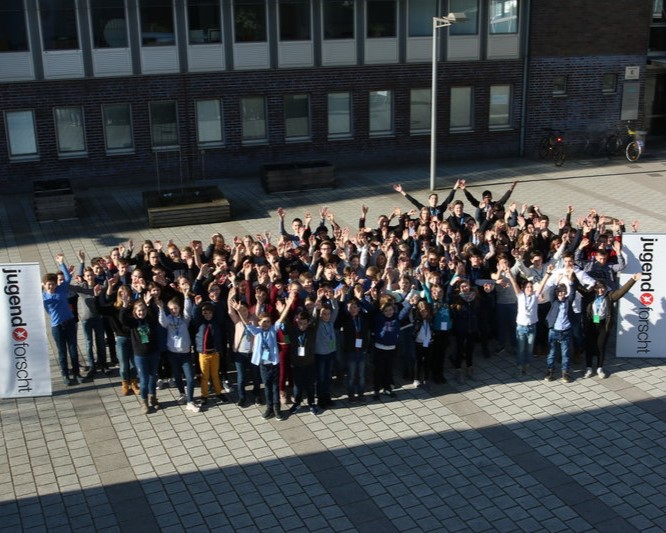2nd Prize Paper
Understanding Impact of Microplastic on Ecosystems
January 2019, Hamburg
Project Objectives

Mankinds impact is seriously threatening life on earth. The mass affluent, both uncontrolled and unregulated dumping of micoplastics into the earth’s beautiful oceans is, along with various associated factors, driving a forthcoming irreversible ecological catastrophe.
Microplastic is an adequate category for sustainability, and excellent for breaking down a set of problems into small, practicable experiments.
The goal is to investigate the complex impact of microplastics on ecosystems. This influence happens in ever repeating cycles and is broken down into different habitats: the oceans, living beings like us humans (the microplastic ends up in our bodies via numerous products) and plants.
The approach is setting up a wohle series of experiments, building upon evidence-backed information to observe, gaining the sets of data needed to collect and evaluate.
Design of Experiments

Adequate implementation of aquatic habitats is defined by various factors.
Selection of meassurements: the waters electrical conductivity, pH-values, plant growth, discoloration and leaf retention. Selection of specified technology and sensors: setting up a camera-equipped arduino mega cyclically meassuring plant growth and discoloration. Selection of container: providing oxygen-supply, suitable height for the plants and temperature-regulation.
Rationale Behind Plant Selections
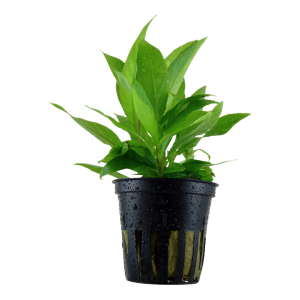
Hygrophila corymbose
Rationale of selection: Direct exposure to microplastic in water, sensitivity, widespread distribution, and its dominant position in the food distribution cycle of nature, serving most aquatic animals.
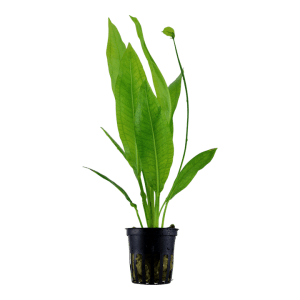
Echinodorus bleherae
Rationale of selection: Both extraordinary branched roots and leaf structure providing more surface for potential microplastic uptake. Moreover, its rapid growth makes deviations quicker and easier to observe.
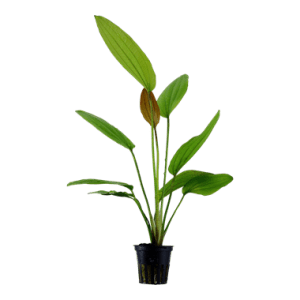
Echinodorus
Rationale of selection: Including this third plant as a reference secures results and cause of impacts. Moreover, the Echinodorus comes with an increased level of robustness and is a mixture of the previous two plants special traits.
Everyday Shampoo for Microplastic Supply

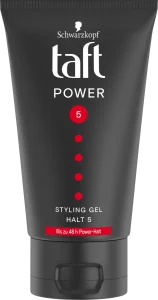

Shampoo is among most common entry-points of microplastic into human bodies. To avoid just finding correlations, there are multiple methods to access pure microplastic, among others breaking pieces of plastic down using a mixer or cristalize though tea filter. Within the framework of this research, the second solution won the race. Emphasizing the connection between everyday tools and the life cycle of microplastic is the reason of their usage for microplastic supply.
Point of interest: Impact of crystalized microplastics on selected plants, abstractibility of cognition, inferences to humans and possible health risk.
- Microplastic type: polyethylene microplastic with a size of 1-5 µm
- Concentration: 1 mg/L
- Exposure period: 28 days
Findings
Points of information: crystalized reduction of plant size, observing microbiological damage, shift in both leaf quality and quality and discoloration.
This project benefited significantly from a cooperation with Hamburgs University of Technology, providing access to their labs and new tools to analyze data. The water’s composition and plants microplastic pollution (in- and excluded) got examined using microscopes.

Microbiologic Impact
Attachment: Microplastics appear as both individual particles and clumps covering the surface of the plants.
Manipulated structure of surface: rougher and uneven leaves, scratches, cuts and even holes on the surface.
Changes in pigmentation: making visible the pigmentation of aquatic plants. Changed color of leaves, leaves become paler or darker.
Realizing this project at just 14 years honestly fascinated me and shaped my understanding of scientific work for a long time. To this day, I want to understand more about the international context of microplastic distribution and develop solutions based on the chemical properties of this substance in the interest of our sustainability goals.
